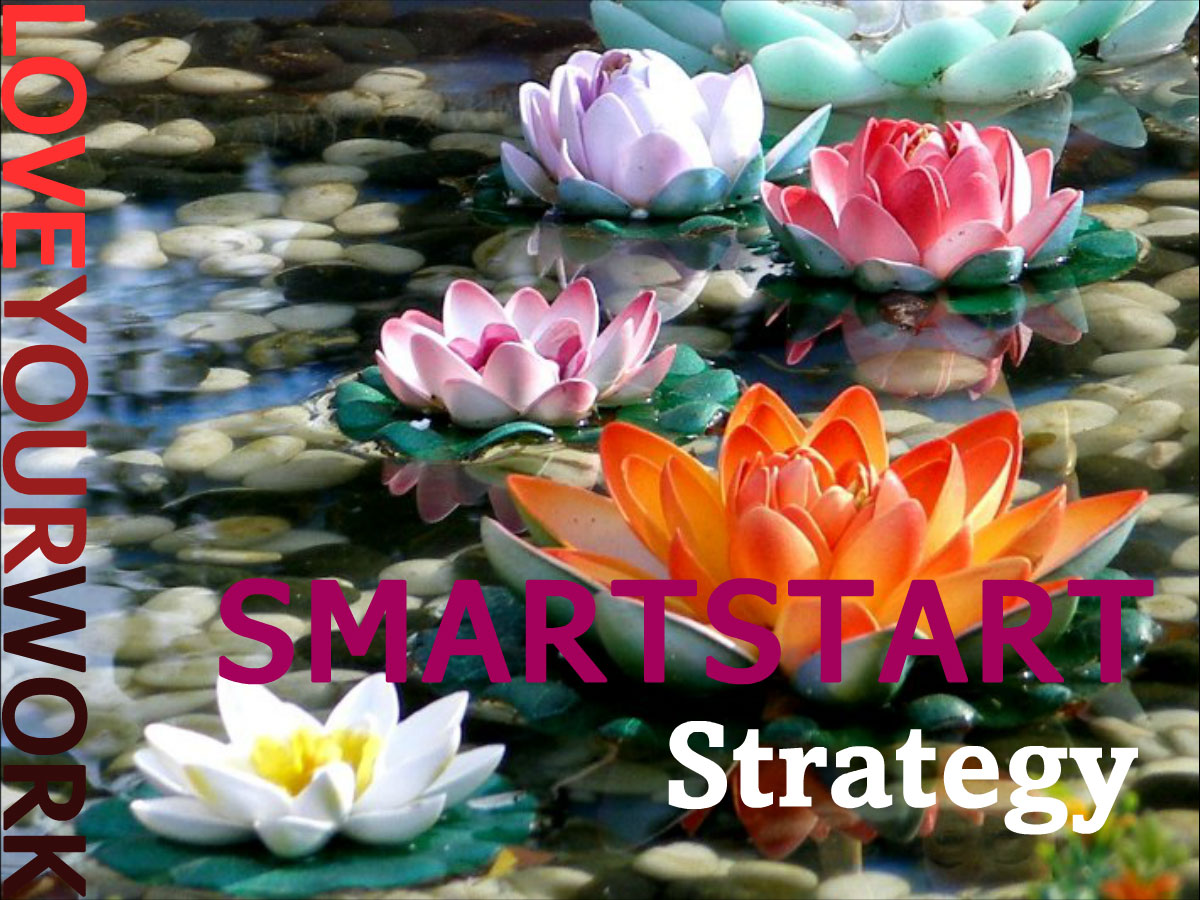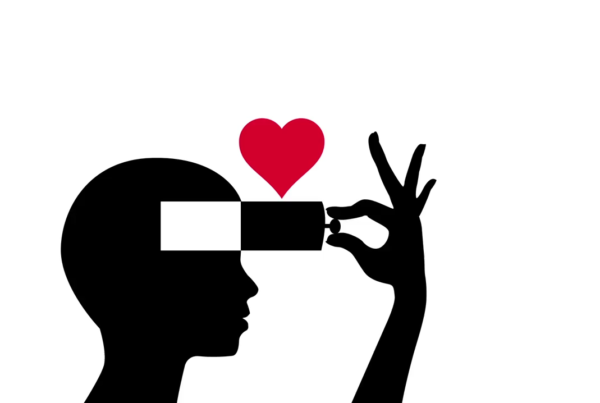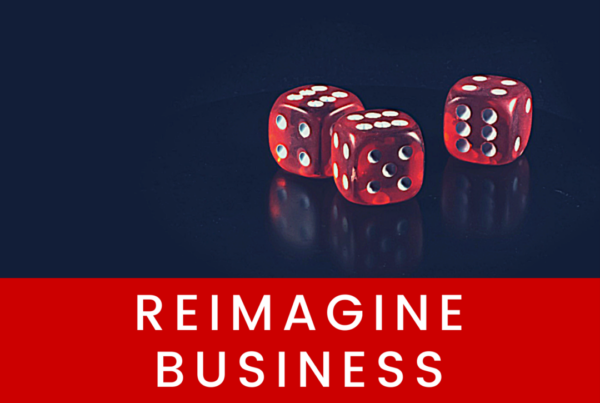
Marketing is about what people buy, not what you sell.
Before choosing your marketing strategy, you must first determine your basis of competition.
Remember: Marketing is about what people buy, not what you sell so think about what drives your ideal customer to make a buying decision that says “yes” to what you offer.
Here are 23 possibilities identified by Bill Fromm in his book The Ten Commandments of Business & How to Break Them to consider:
- Convenience — Your customer is influenced by: physical proximity, inventory strength, availability and ability to purchase in a convenient time frame.
- Variety — Your customer is influenced by: breadth of selection, difference in style, colour, etc., difference in price ranges, variety of brands
- Service — Your customer is influenced on the basis of at least equal product and a believable and important service differentiation e.g., delivery, installation, availability of credit/installment payments, repair and support, education or training, guarantees or warranties.
- Personal Selling — Your customer is influenced by the skill of your direct and/or affiliate sales force, manufacturer’s representatives or dealer’s outlets particularly if your product is complex, custom and/or expensive.
- Product — Your customer is influenced on the basis of some believable and important product features: differentiated performance, peripheral features, versatility, customization, durability, ease of use.
- Segmentation — Your customer is influenced on the basis of successful identification of a market niche that others have not recognized or adequately filled.
- Quality — Your customer is influenced on the basis that your product line is of better quality than the competition in: appearance, performance, results.
- Price — Your customer is influenced on the basis of a lower price since you and your competitors’ product and marketing mix are essentially undifferentiated.
- Brand Name/Image/Reputation — Your customer is influenced by: fashionability, popularity, quality, prestige, reliability and other characteristics s/he wants to associate with a particular purchase.
- Advertising — Your customer is influenced by how well his/her information needs are met through: media (newspapers, tv, radio, magazines, direct mail, social networks) and point-of-sale (self-displaying cartons etc.).
- Special Relationships — Your customer is influenced by: personal contact and availability, policy assistance, interchange of information, sales coordination and support, trade association affiliation.
- Distribution Channels — Your customer is influenced by the type, size and location of your distribution system.
- Proof of Claims/Testimonials — Your customer is influenced by the proof of major and/or secondary claims about the product, including guarantees and warranties.
- Product Line Breadth — Your customer is influenced by broadness of the product line, as it allows him/her to select items that fit personal needs more exactly.
- Product Customization — Your customer is influenced on the basis of creating a personalized version of the product using either full or semi-customization.
- Noncommercial Forms of Information — Your customer is influenced by: pronouncement of public figures, editorial content of news and social media, word of mouth and buzz, research.
- Packaging — Your customer is influenced by the package: graphics, performance, physical characteristics, labelling.
- Promotion — Your customer is influenced by: samples, coupons, price packs, related item promotions (upsells), trade allowances and discounts.
- Merchandising — Your customer is influenced by: buying policies, pricing policies, discounts and allowances, cooperative advertising, mass floor and trade show displays, out-of-position displays, related item displays.
- Regulatory Social Compliance — Your customer is influenced by: adherence to regulatory guidelines, social responsibility, full financial disclosure.
- Market Research — Your customer is influenced by the manufacturer’s or affiliates’ knowledge about who is buying the product in terms of : income, education, occupation, repeat purchase rate.
- Technology — Your customer is influenced by technological innovation, patents, and proprietary products.
- Physical Distribution — Your customers is influenced by close attention to rapid resupply of distributor stocks and heavy inventories at all levels, or by strong emphasis on keeping dealers, affiliates and representatives well supplied with minimum inventory cost.
BEST PRACTICE: More than one of the above can apply to your business. To start with choose one of the above as your primary basis of competition and no more than two as secondary options. Your marketing strategy should focus on your primary competitive positioning with supporting elements addressing your other options. You may need to experiment with a few combinations to find the optimal mix yielding the best results for you.



